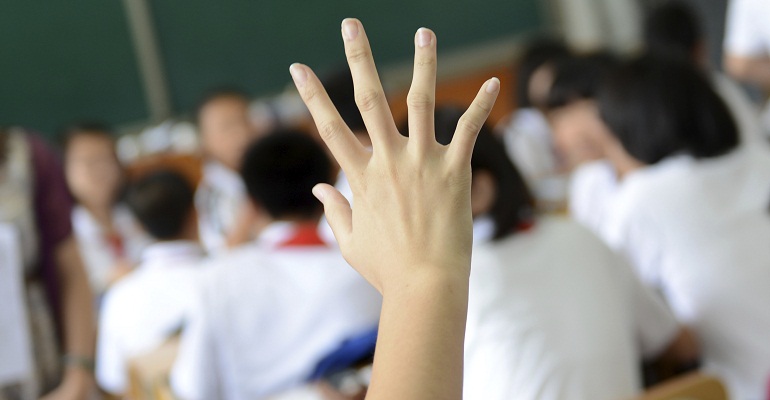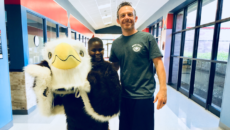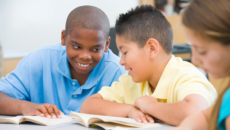Your responses to the Adoption and School Poll in our monthly e-newsletter, revealed that the majority of you have spoken to your child’s teacher about adoption. Many of you have even made a presentation about adoption in your child’s classroom. Others have chosen to keep their family’s adoptive status private, at least for now.
For those still weighing the decision, here’s one mother’s account of her efforts to bring adoption awareness to her daughter’s classroom.
This is How We Became a Family
Around the time my daughter Julie’s second-grade class was starting a unit on “community groups,” including the family, I decided to visit her classroom to make a 30-minute presentation on adoption. I knew many of these kids from previous years, and some of them can be antsy. Would my presentation hold their attention? I was delighted to find that they all sat still during my talk and asked excellent questions.
I patterned my presentation on Amy Klatzkin’s article, How I Explained Adoption to the First Grade. I began by reading aloud from Families Are Different, by Nina Pelligrini. The book offers examples of many different types of families, including non-adoptive families in which siblings and parents don’t look alike. The teacher has placed the book in her classroom library, so the kids can look at it whenever they choose.
I then posed the questions, “What kind of things do babies or kids need?” and “What kinds of things do parents do for babies or kids?” When the students were done with their brainstorming, I reminded them of something they’d left off their list: Parents give birth to children. I explained that some parents can give birth but can’t do the other things on the list. Other parents, I continued, cannot give birth but can do all the other things. (Of course, there are many other reasons for adoptions, but I was trying to keep it short and simple.) I emphasized that no matter why some parents can’t do the things a child needs, it is never, ever the child’s fault.
I also talked a little about Julie’s younger sister, Sarah. I told the class that we’d traveled to adopt Sarah, too, and that Julie went with us. I explained that Sarah had different birth parents. I then asked if people wondered whether Julie and Sarah were “real” sisters, and provided this answer: They were not sisters at first, but from the moment of our adoption of Sarah, they were real sisters.
Some of Julie’s classmates talked about a friend or relative they knew who was adopted. We had a good discussion about domestic adoptions versus international adoptions, and whether adopted people get to meet or know their birth families. Julie sat proudly by my side, and at the end, she took questions. Most were predictable. How old was Julie when she arrived? Did she know her birth parents? Finally, we showed our photo album from Sarah’s adoption. The kids acted as if we could have gone on twice as long as scheduled, and the teacher assured me it had gone very well. Later, I asked Julie if she’d felt embarrassed or uncomfortable, and she said no.
As a postscript, I talked with the teacher about family tree projects. She said she hadn’t assigned one of those in a long time. She added that a year or two ago, when she asked the kids to draw pictures of their families, many didn’t want to do it. So she’s instituted an “All About Me” week for each child. When Julie’s week came, she was in control. She got to pick out and share any pictures or other items she felt represented her life or were important to her. She selected three from our trip to adopt her, as well as more recent photos. There was no mention at any point of including baby pictures. We discussed her selections at home before she took them in, and when she presented them to her class, she got several good questions. When the teacher asked if they’d learned something new, all of my daughters classmates raised their hands.


